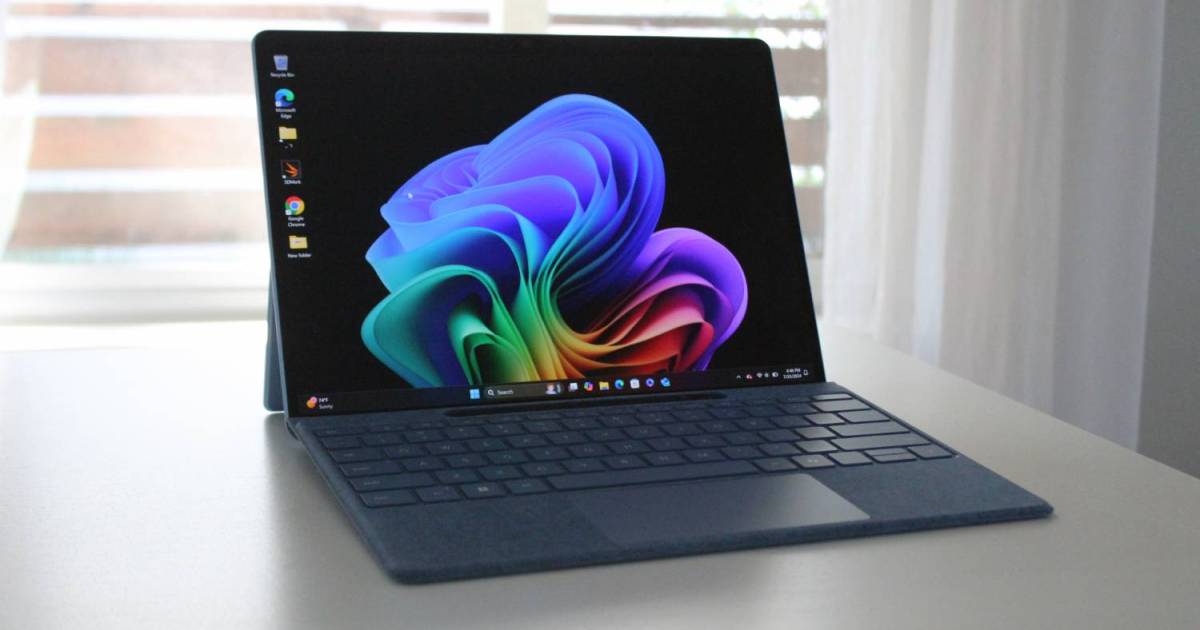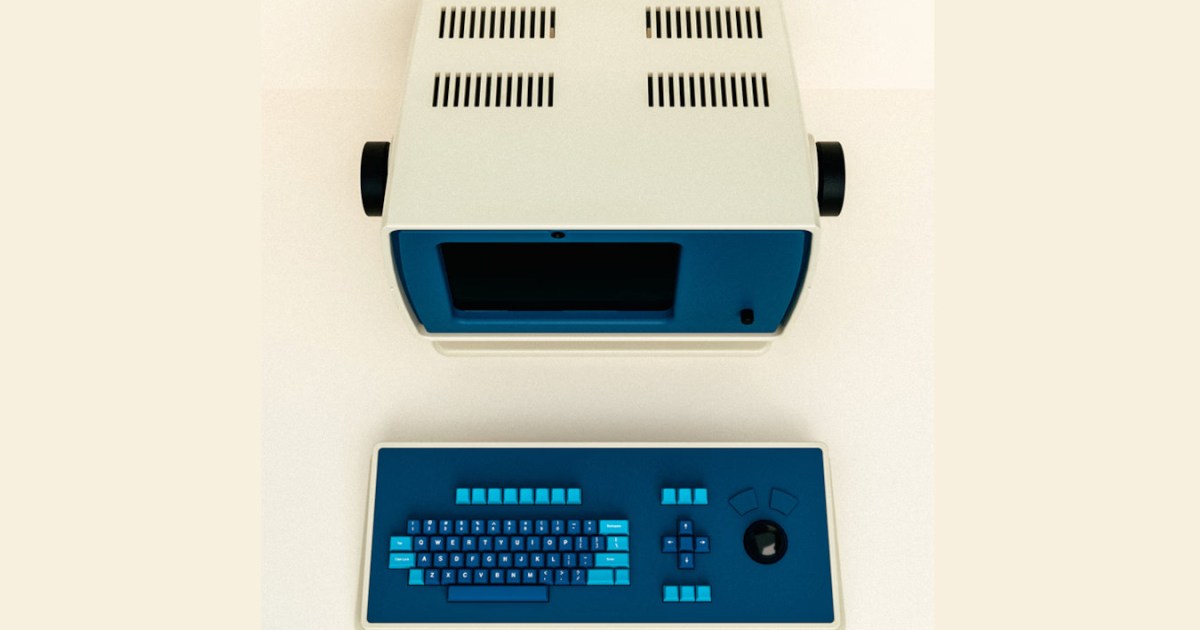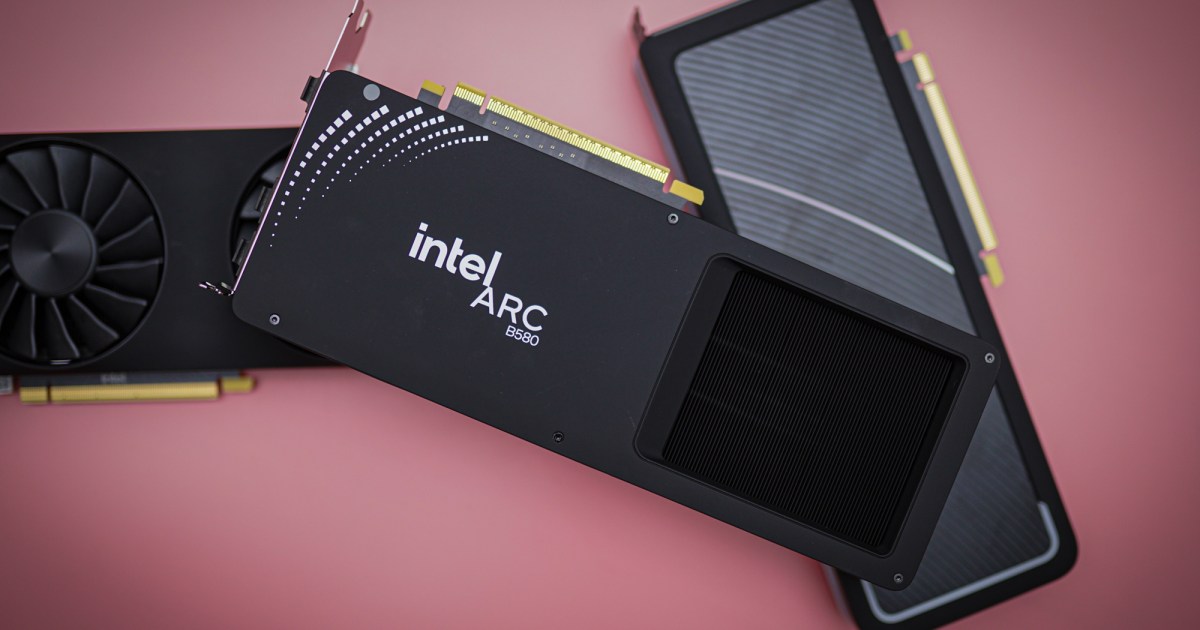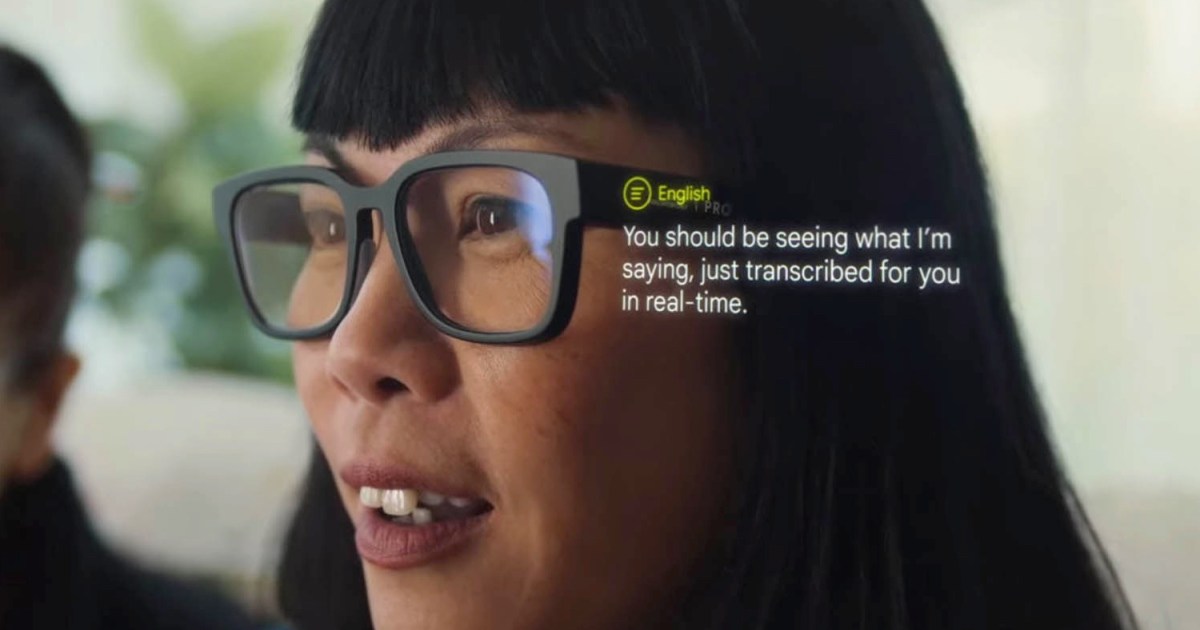Windows 11 already supports voice commands like “Open Edge,” primarily for accessibility. However, the latest Insider preview build hints at a significant advancement towards more natural language interaction, reminiscent of Star Trek. Microsoft aims to move beyond predefined phrases, allowing users to communicate with their devices more intuitively.
Natural Language Processing for Voice Commands
This means opening Edge doesn’t require rigid commands. Instead of memorizing specific phrases, you could say “Can you open Edge?”, “Open Edge please,” or “Switch to the Edge app,” among other variations. If Windows misinterprets your request, it will offer real-time command suggestions based on its understanding, guiding you to the desired outcome.
The Future of Natural Language Interaction
Interacting with computers through natural voice commands is a common sci-fi trope, but with advancements in natural language processing (NLP), this is becoming a reality. Imagine the possibilities of combining Windows’ natural language voice commands with its new AI-powered search feature.
Seamless Integration with AI-Powered Search
This combination could allow users to request actions like “open the monthly expenses spreadsheet from last week” without needing to recall the exact file name or location. Incorporating image and facial recognition could enable searches like “find that photo of me at Shibuya Crossing” or “show me all the pictures I have of my dog.”
Challenges and Potential
Accuracy is crucial for these features, and achieving reliable performance will require ongoing development. While the current implementation is promising, realizing its full potential will take time and effort.
Current Availability and Future Outlook
Currently, this enhanced voice command feature is limited to Snapdragon-powered Copilot+ PCs. Microsoft hasn’t announced support for Intel or AMD processors yet, but it’s expected eventually. As this is a test feature within a Windows Insiders preview build, there’s no guarantee of a general release or timeline. However, the prospect of natural language interaction in Windows 11 is undoubtedly exciting.
Conclusion
The evolution of voice commands in Windows 11 towards natural language processing signifies a significant step towards more intuitive and user-friendly computing. Though still in its early stages, this development promises to revolutionize how we interact with our devices, paving the way for a more seamless and integrated digital experience.











